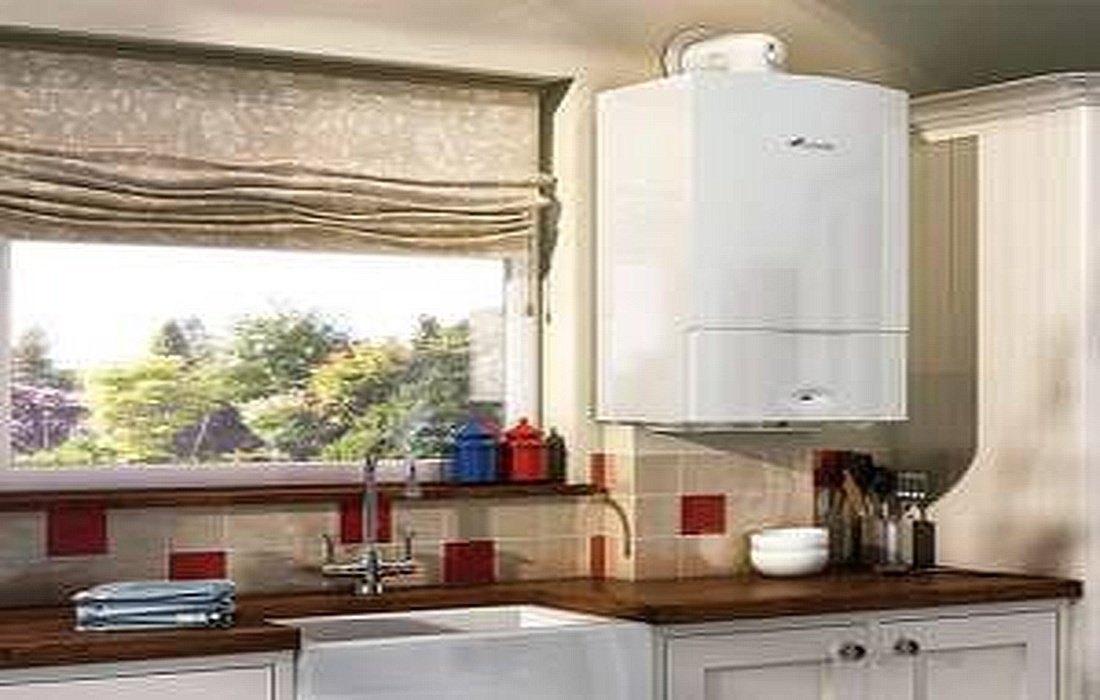Simple Tricks for Saving on Gas Consumption
When the weather gets cold, it’s natural for gas consumption to rise. However, it’s impossible to avoid heating appliances. Even with high gas consumption, you might not feel warm. Fortunately, there are solutions to avoid hefty gas bills. What methods do you think can help in saving gas? This section focuses on lifestyle options.SelMagzRead to the end to learn about these tips.
Check Radiators and Heating Systems
If your furniture blocks the front of the radiator, it prevents your home from warming up properly. Try to keep the area around the radiator clear to heat your home quicker.
Use Rugs
Rugs not only beautify your home but also help retain heat in your floor, significantly impacting the overall warmth of your home. If you have ceramic flooring that isn’t covered, consider placing a rug over it.
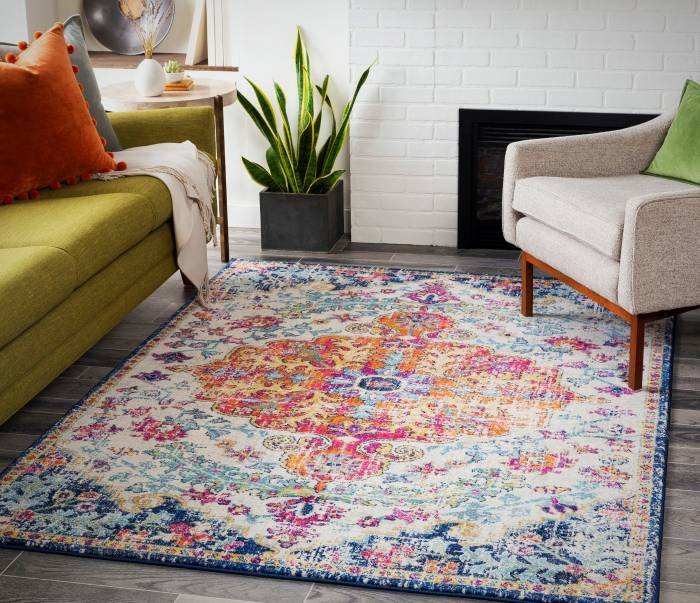
Use Foil
If your radiator is against a wall, use aluminum foil behind it to prevent heat loss and redirect warmth back into your home.
Check Fireplace Vents
Check all vents and openings of your fireplace as leaks can result in a 20% loss of heat. Make sure you’re utilizing your fireplace’s heat effectively.
Let Sunlight In
On sunny days, pull back the curtains to let sunlight warm your home. Sunlight can warm you even on the coldest days.
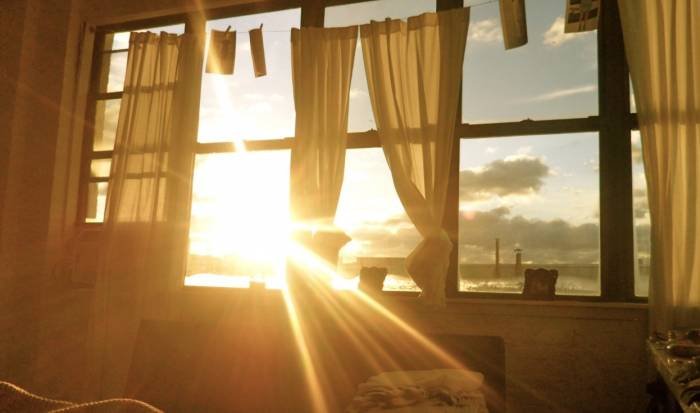
Use a Hot Water Bottle
When sleeping in a cold environment, place a hot water bottle under your blanket at your feet for comforting warmth.
Close Curtains When It’s Dark
If you let sunlight in during the day, remember to close your curtains at night to retain heat and keep the cold out.
Keep the Oven Door Open
After cooking, leave the oven door open to let the residual heat warm your kitchen and the house; however, be cautious if you have small children.

Use Plastic Covers for Home Drafts
Plastic covers can be an effective insulator to cover gaps in your home, keeping it warmer and reducing your gas bills.
Utilize Steam from the Bathroom
After bathing, leave the bathroom door open to let steam and warmth flow into the rest of your home, also adding humidity to the indoor air.
Reverse Ceiling Fans
If you use ceiling fans, change their direction to clockwise to circulate warm air throughout the house.
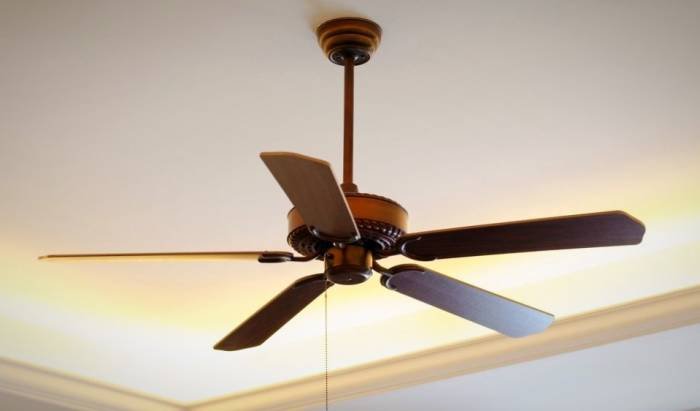
Use Floor Heaters
Floor heaters quickly warm up your entire home, allowing you to comfortably enjoy the winter.
Make Use of Shelves
If you have a movable shelf, place it above the radiators during winter to keep warm air circulating at a lower level instead of rising to the ceiling. Just ensure not to place heat-sensitive items on it.
Boil Water
Using a kettle or teapot to boil water can warm your kitchen, thereby heating your entire home.
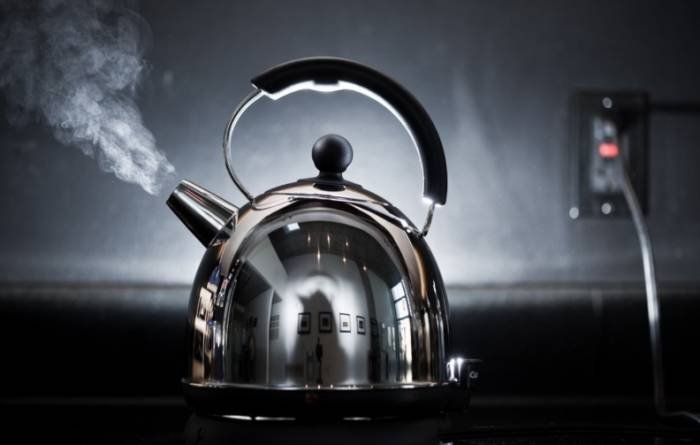
Set the Thermostat to 68 Degrees
Setting the thermostat to 70 degrees can save 5% on heating costs. If you lower it to 68, savings can increase to 10%.
Use a Smart or Programmable Thermostat
These thermostats reduce temperature while you’re away, saving energy, and warm up again before you return home. You can set them for different times on various days, adjusting to your lifestyle. Smart thermostats can cut gas consumption by 10-12%.
Proper Care of Heating Appliances
Make sure to regularly clean the filters of your heating devices for optimal performance. Check them annually. If your heating appliances are over 15 years old, consider replacing them.
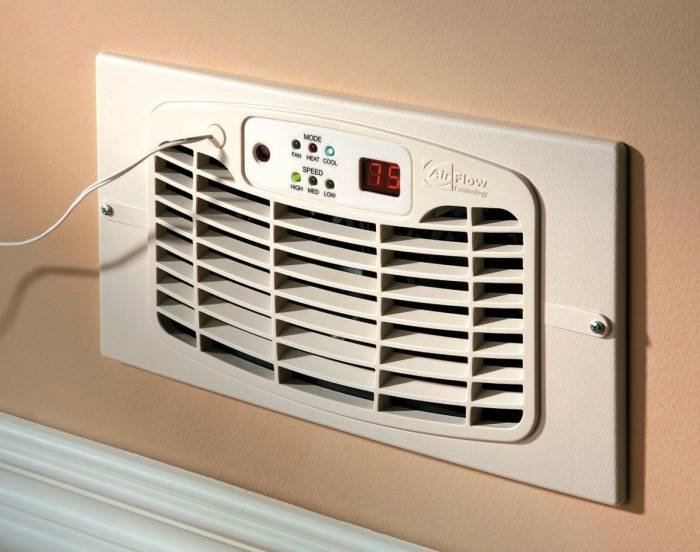
Wear Warm Clothing
This is one of the simplest and most cost-effective ways to lower your gas bills in winter. Wearing warm clothing will also lead to reduced gas use at home.
Limit Shower Time
Try to limit your showers to about 6 minutes. Reducing shower time, even by a few minutes, will significantly decrease your hot water and gas consumption.
Replace Bulbs with LEDs
During dark winter days, we tend to use more bulbs, so switching to energy-efficient 95% LEDs is a great way to save energy and heat.
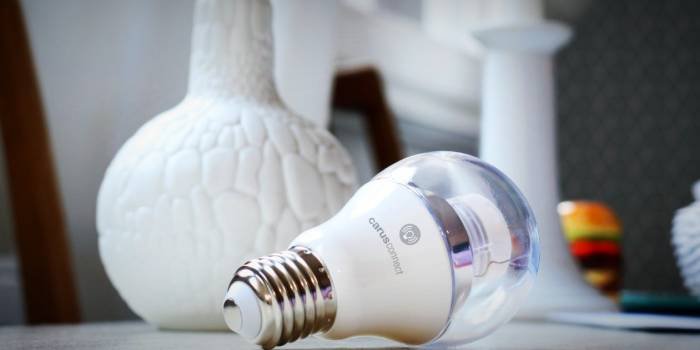
Reduce Energy Consumption in Wall-Mounted Boilers
Wall-mounted boilers are excellent alternatives to old water heaters. They save energy because:
Old water heaters keep water heated with high energy consumption in a tank, while wall-mounted boilers heat water instantly when needed and have no tank. With wall-mounted boilers, when you turn on the hot water tap, cold water enters the boiler and heats rapidly upon contact with the heating element.
Select a Boiler Based on Your Needs and Home Size:
Small boilers are not ideal for large, crowded homes; consider using a larger-capacity boiler or installing two smaller ones. Gas boilers can heat nearly 100 liters of water per minute.
Install Boilers Specifically for High-Demand Areas:
For crowded homes, consider a separate boiler for the bathroom, one for the kitchen, and another for house heating.
Install the Boiler in the Right Place:
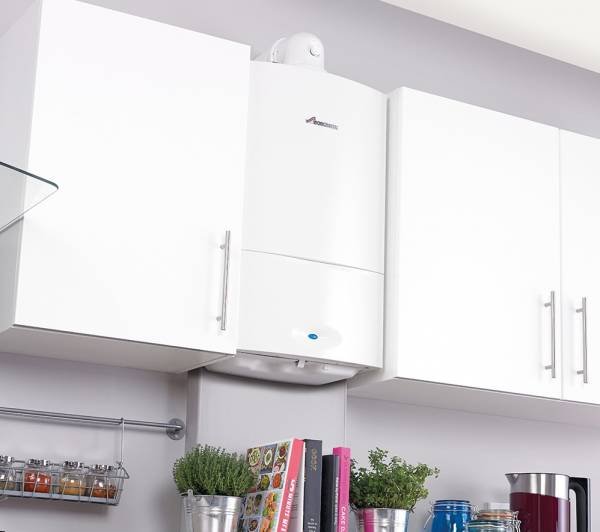
Ensure your boiler is level when installed. A misaligned boiler will work harder to heat water or might not warm it adequately. Check the installation components.
Piping Should Be Short:
The connection from the boiler to where the hot water is used should be minimized to reduce piping length, allowing for quicker delivery of hot water.
Ensure the Fixtures Function Properly:
Making sure that fixtures at the consumption points work properly is crucial for efficient energy use in boilers. Lower outlet water flow can lead to more water being heated, causing the boiler to consume less energy.
Service the Boiler on Time:
Regular servicing every six months or at least once a year enhances the boiler’s performance and lengthens its lifespan, helping to prevent early failures and clean out mineral deposits.
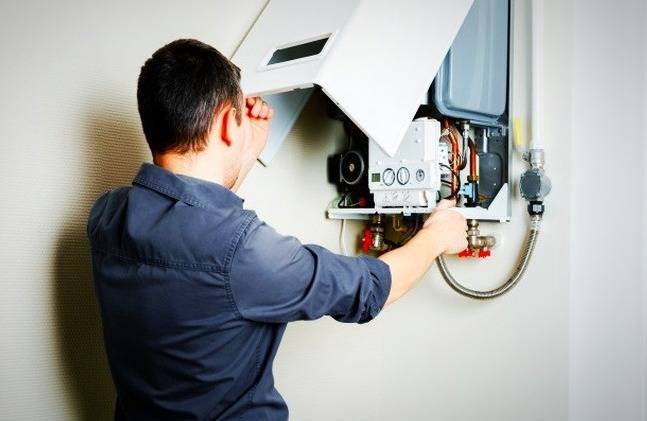
Pay Attention to Pipe Material:
To minimize heat loss along the piping, use insulated and plastic pipes.
Reduce Water Flow:
If the boiler can heat 100 liters of water per minute, only allow this flow if you really need it. Reducing water flow to the boiler can enhance its efficiency and save energy.



